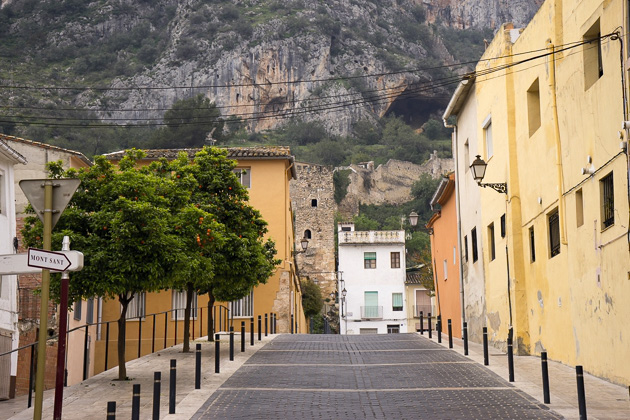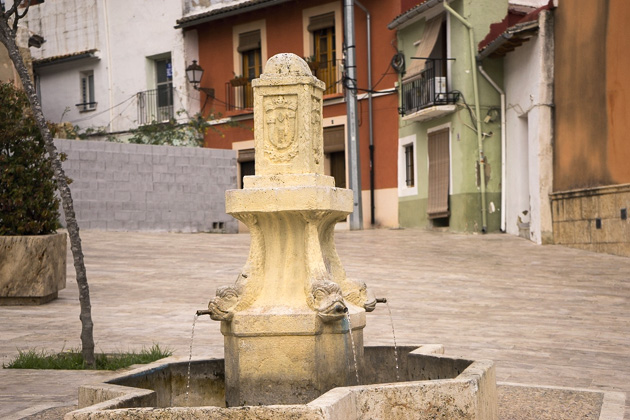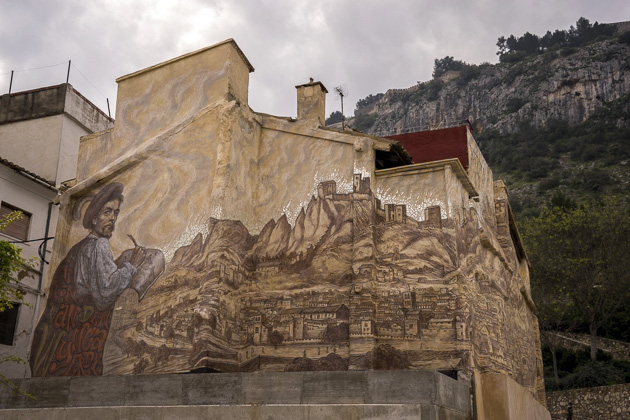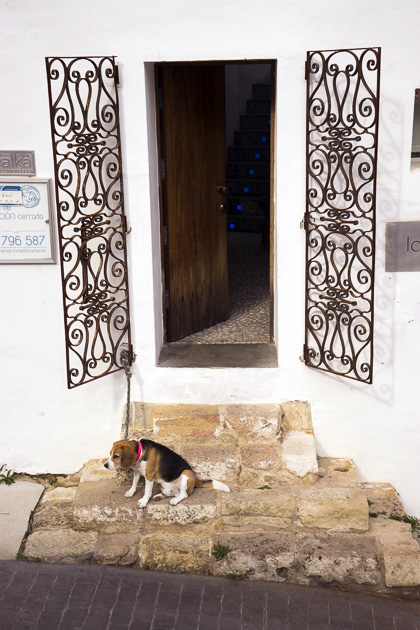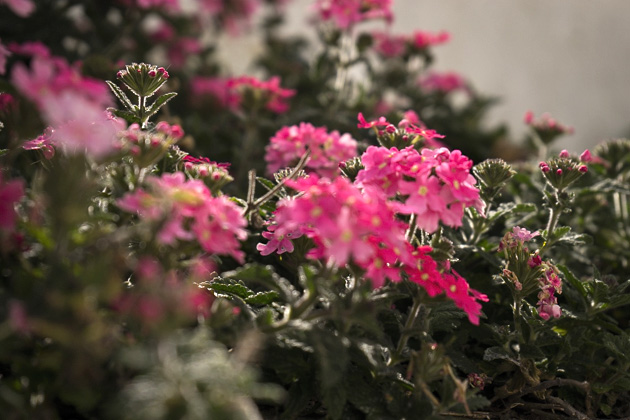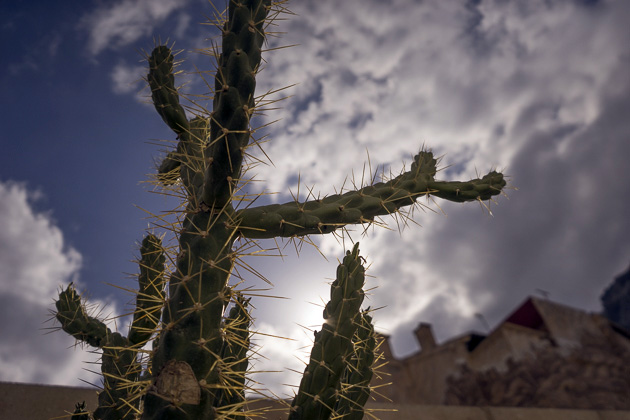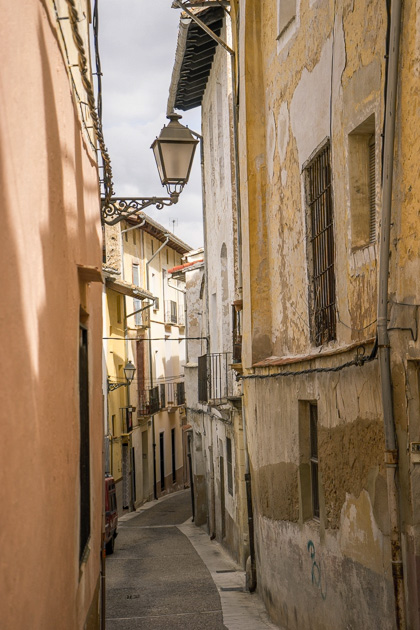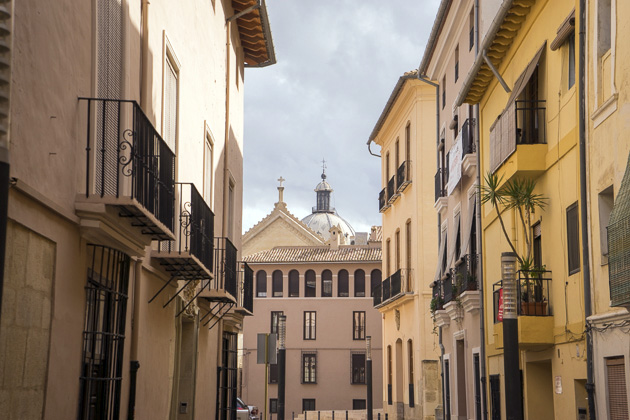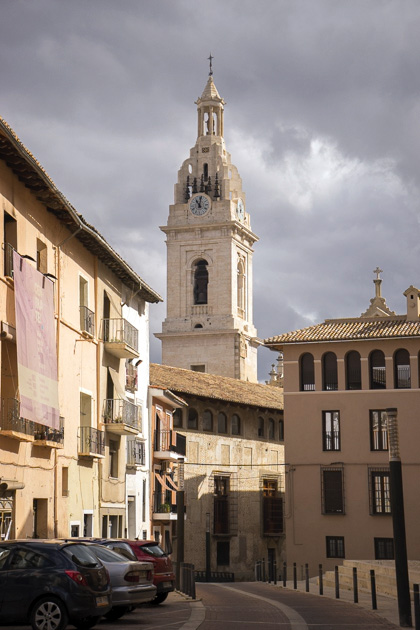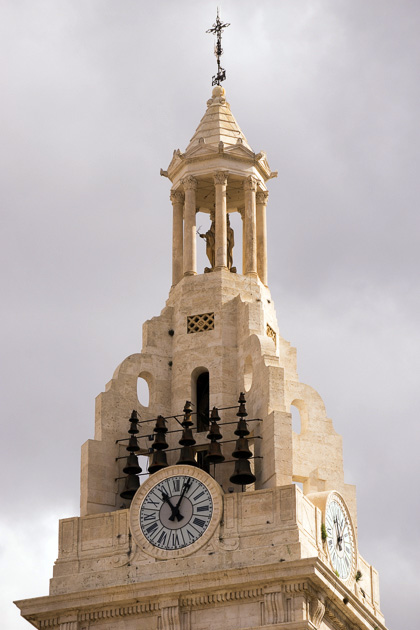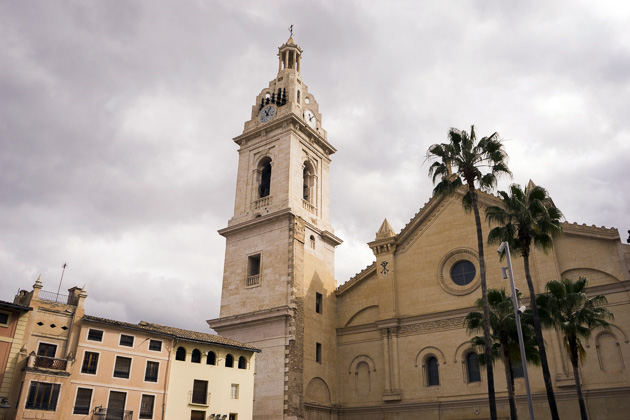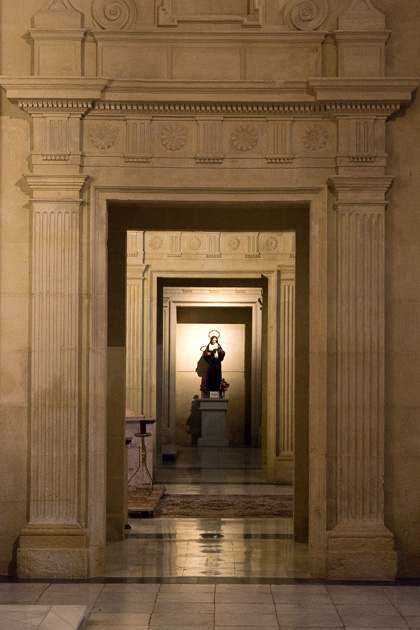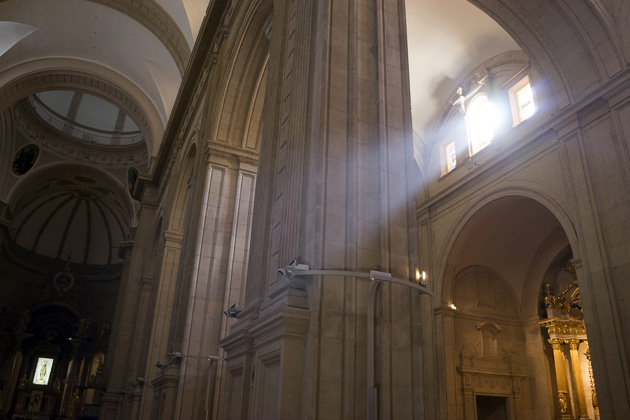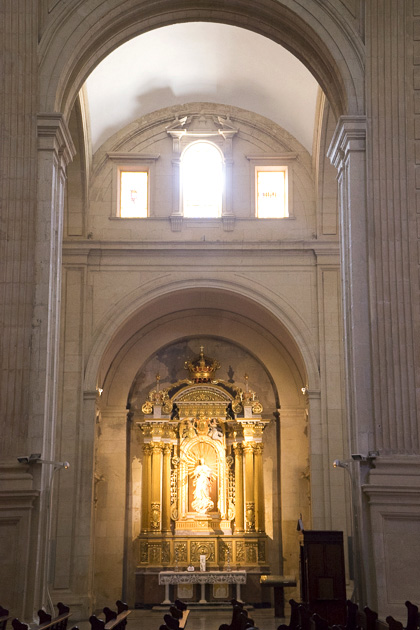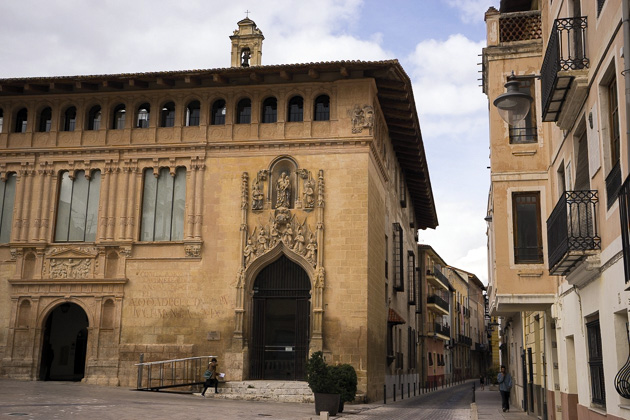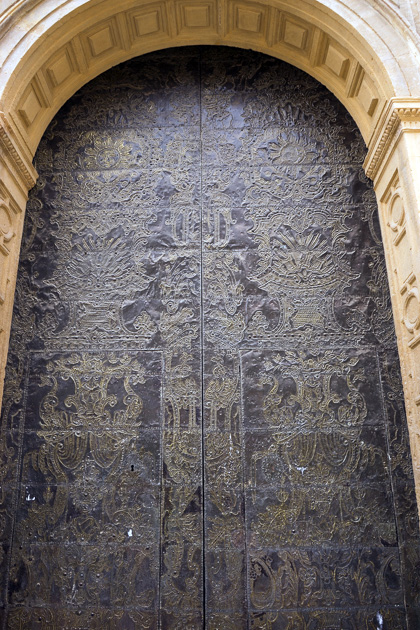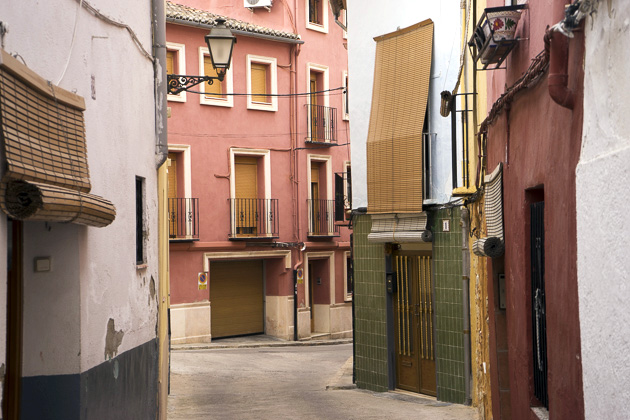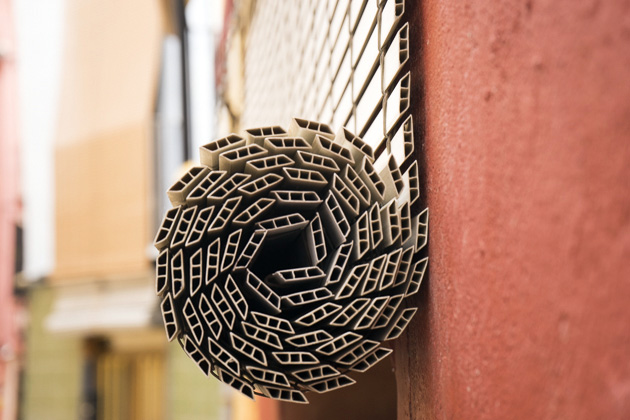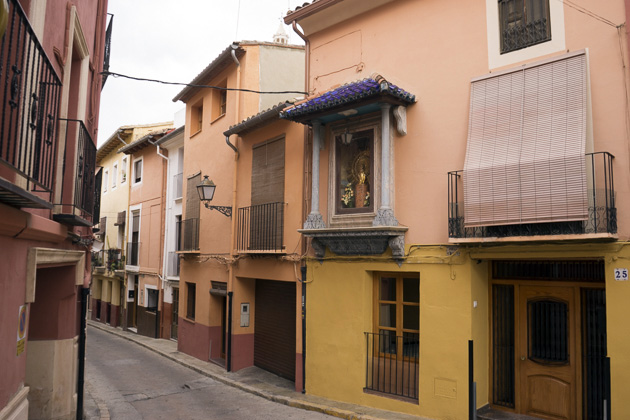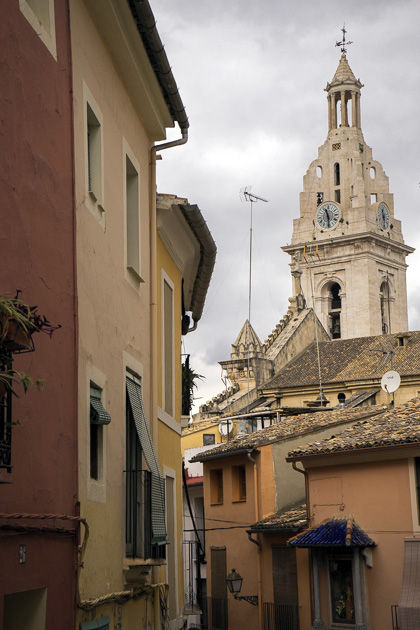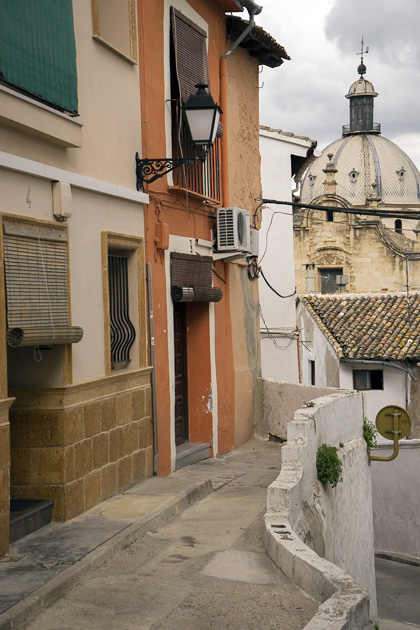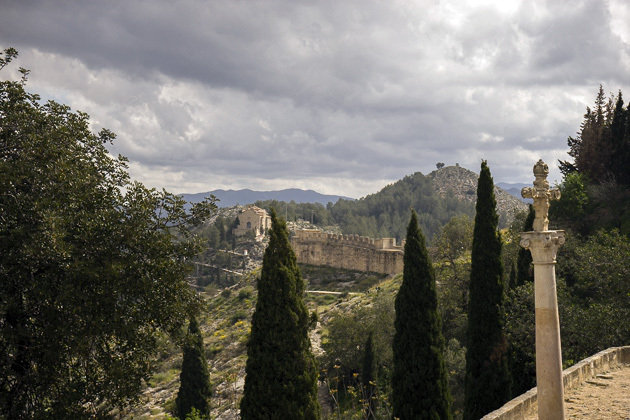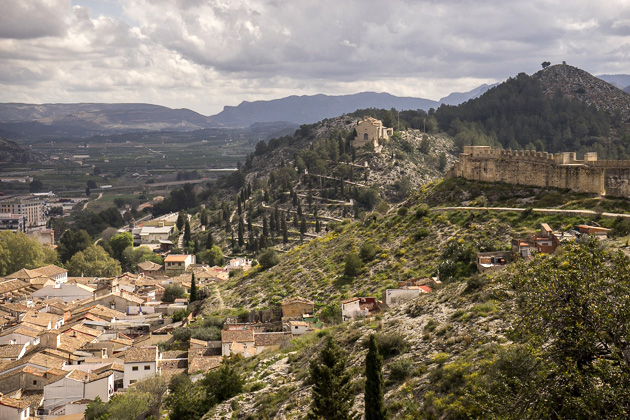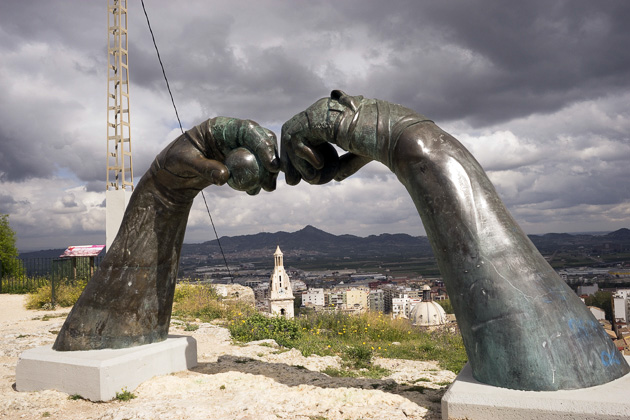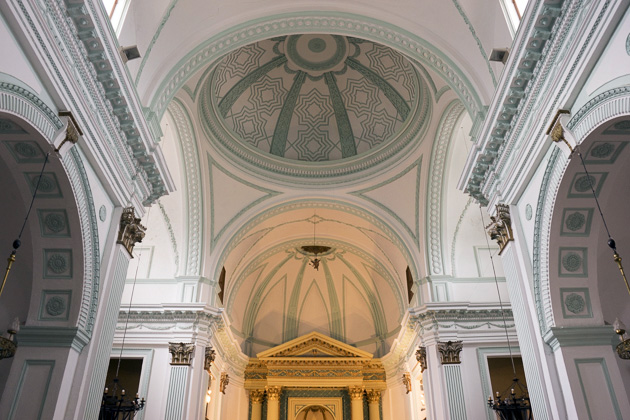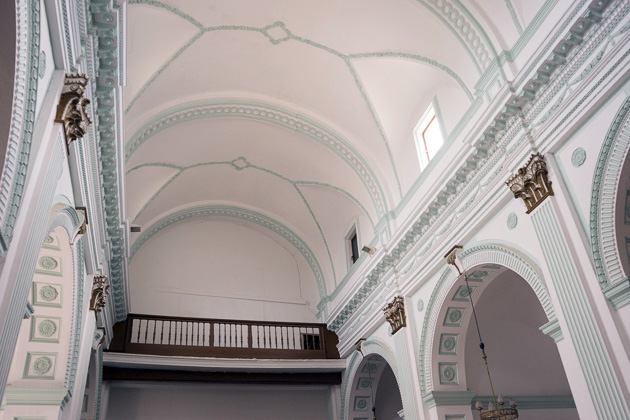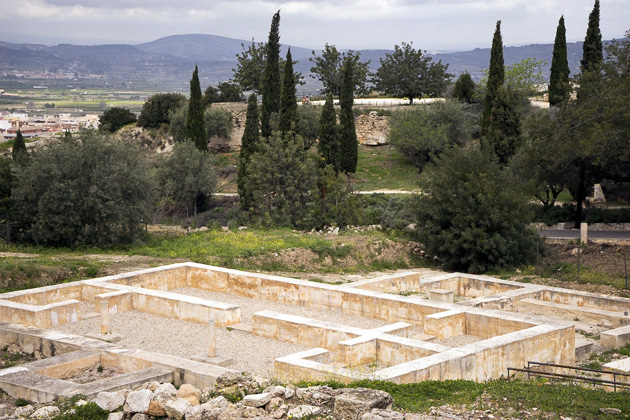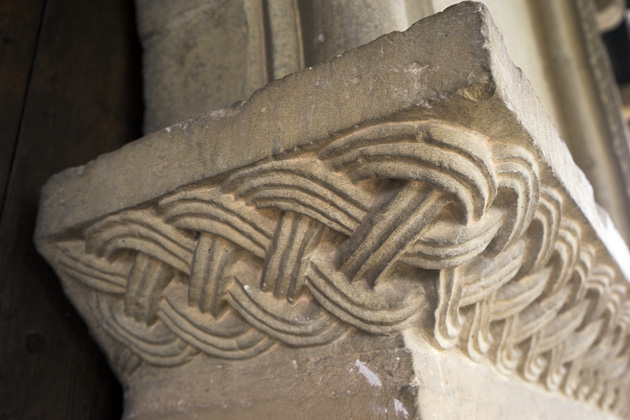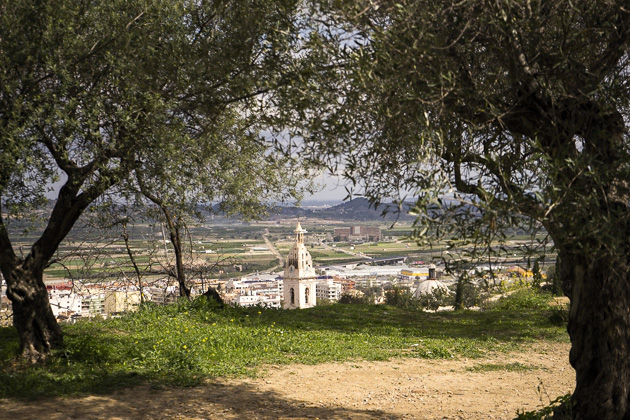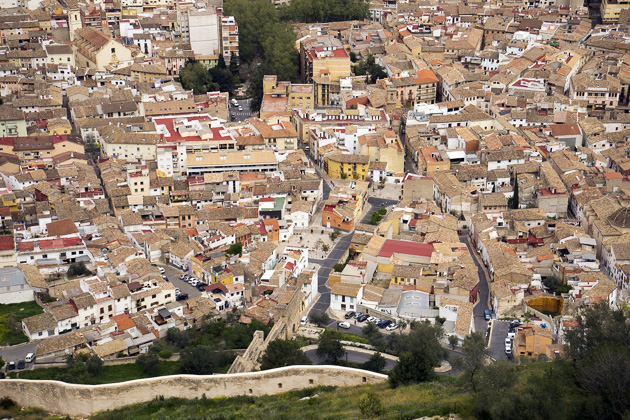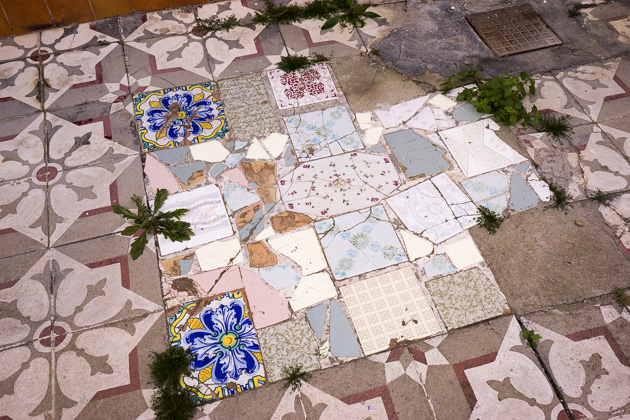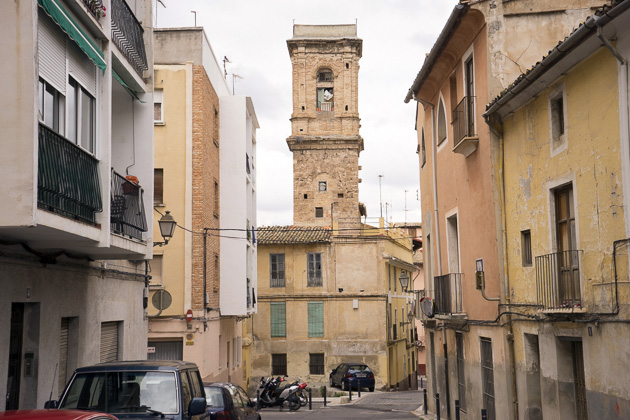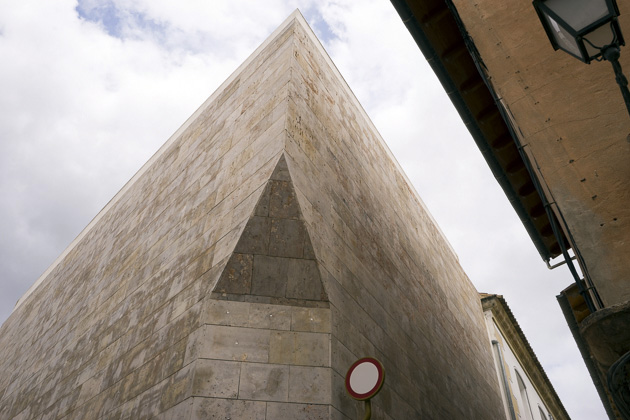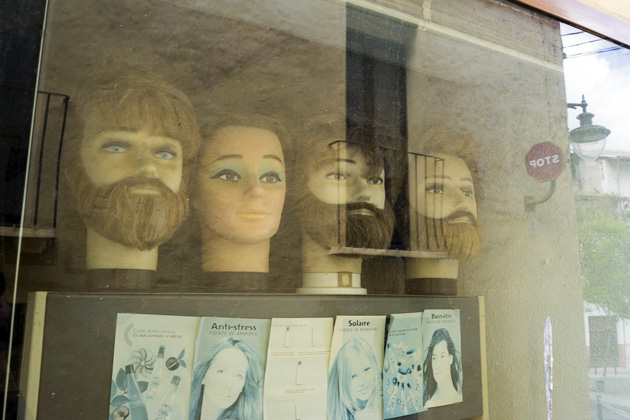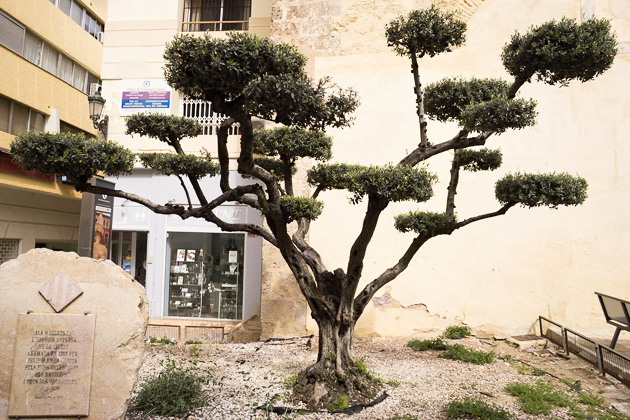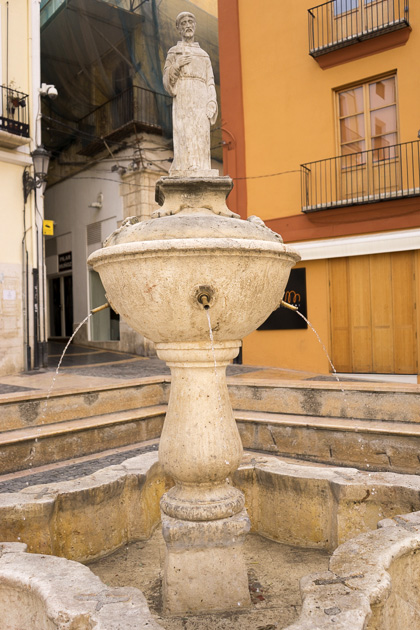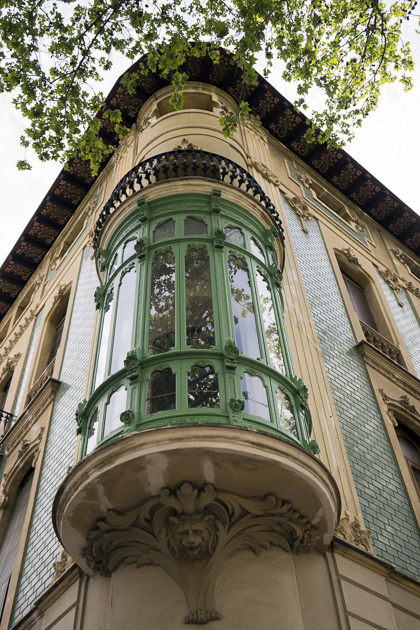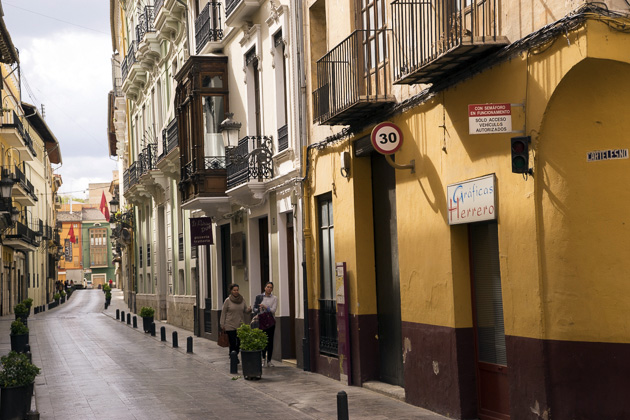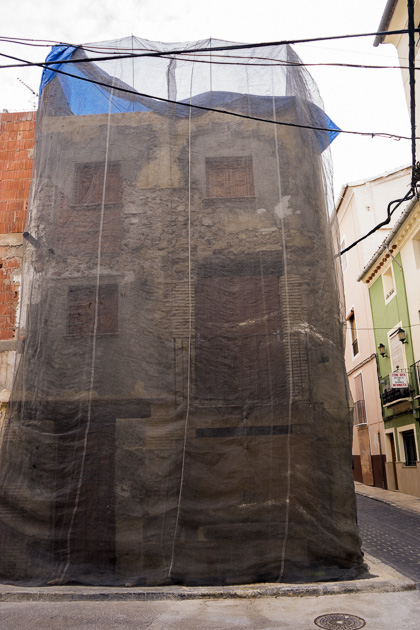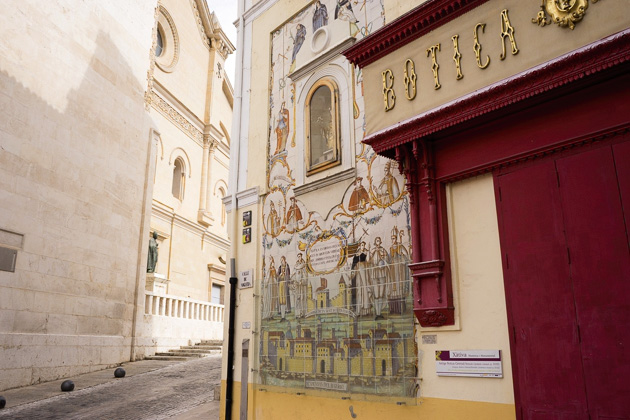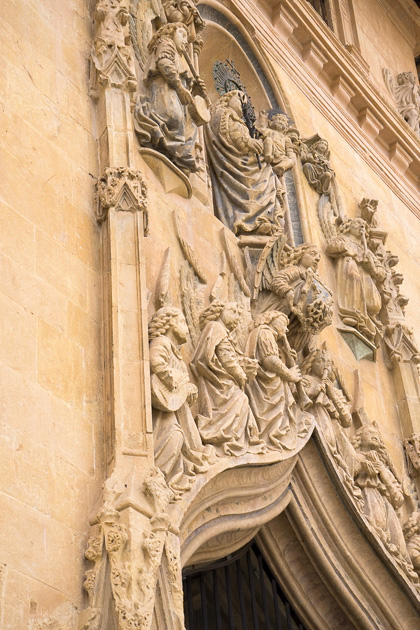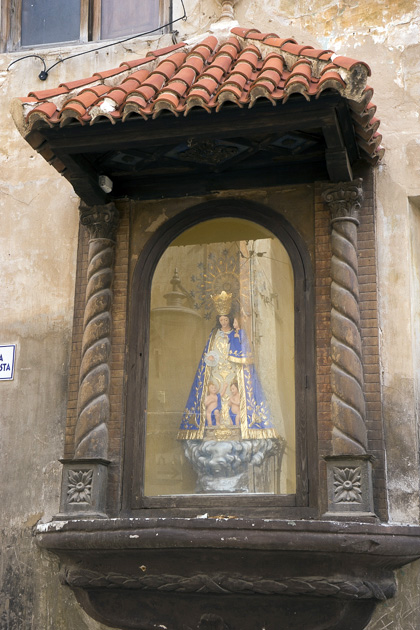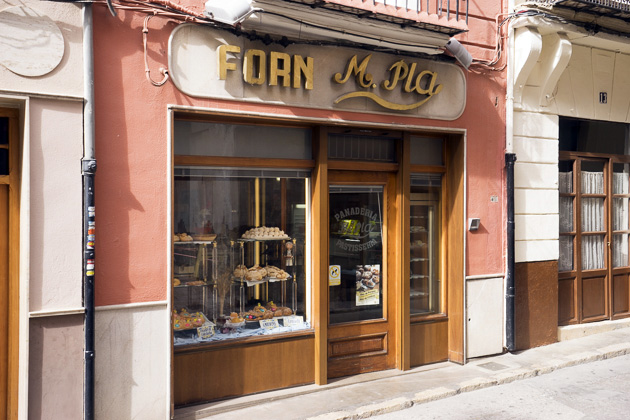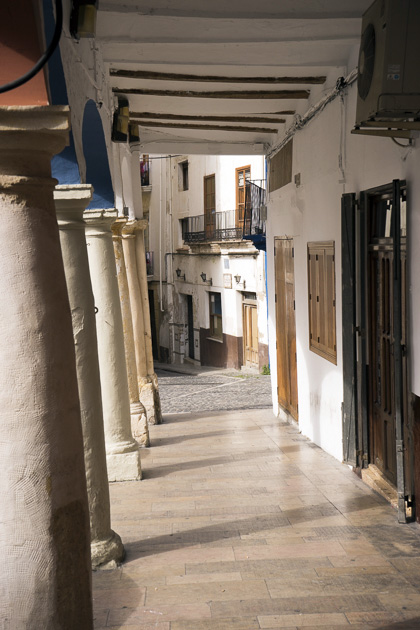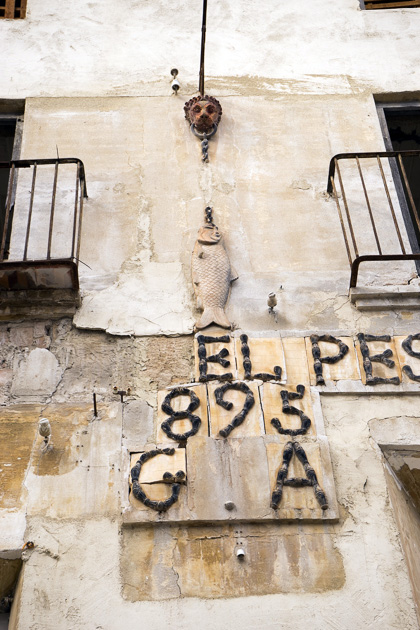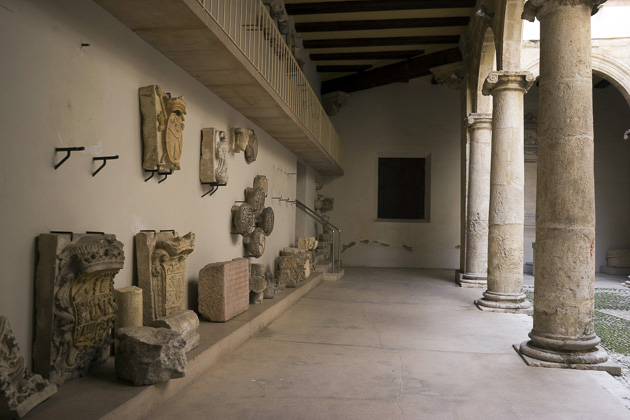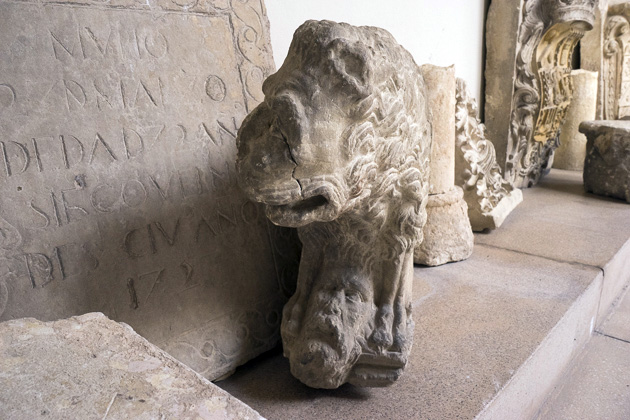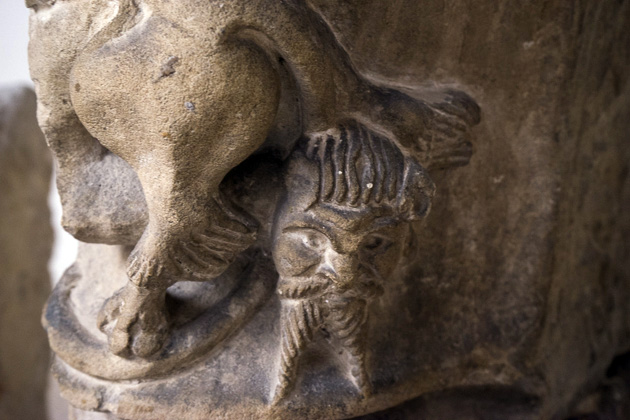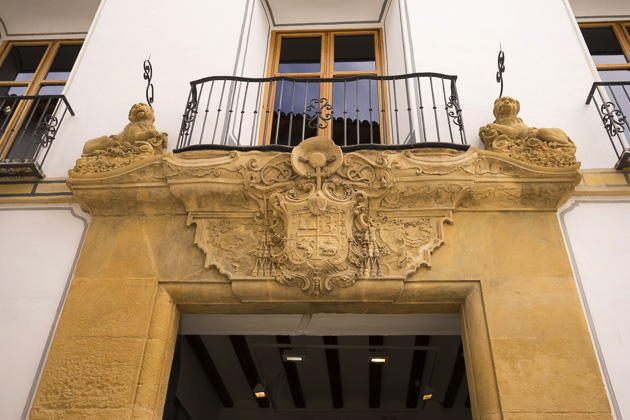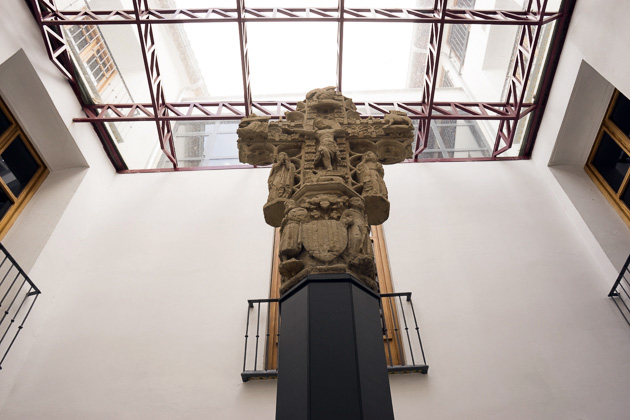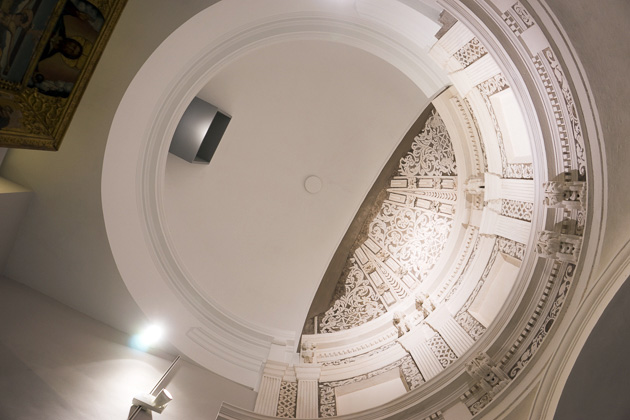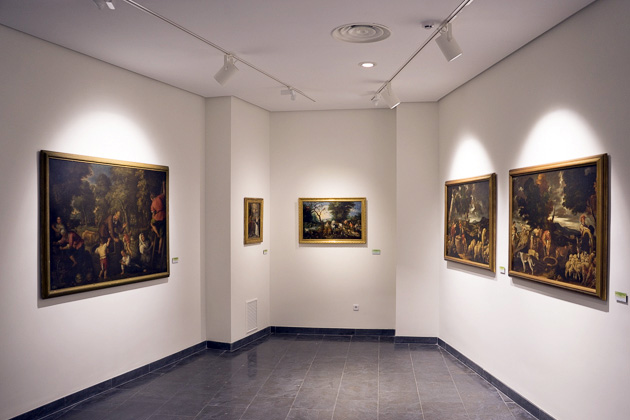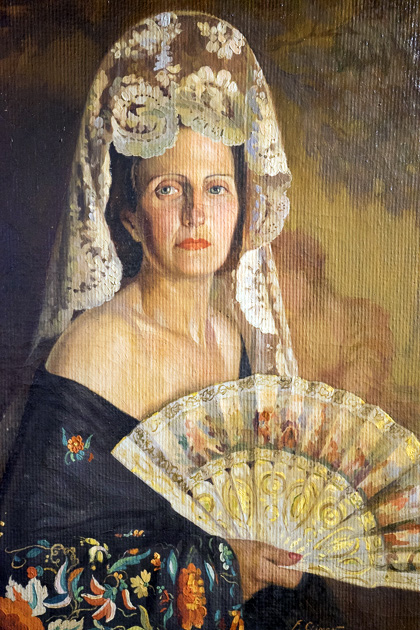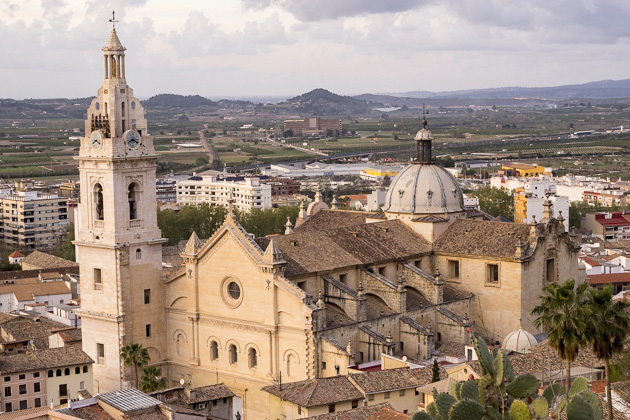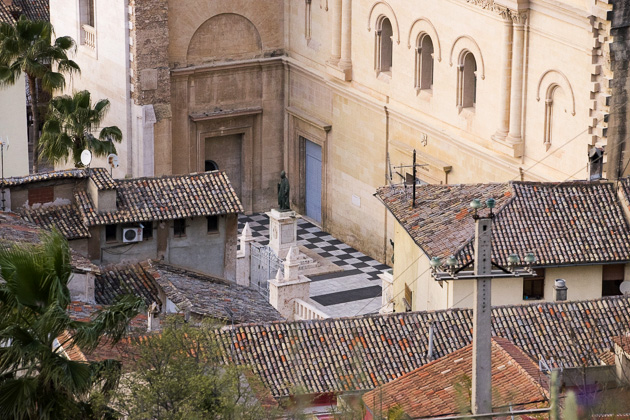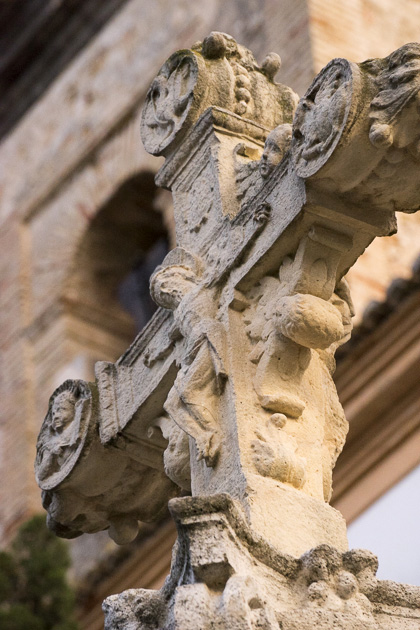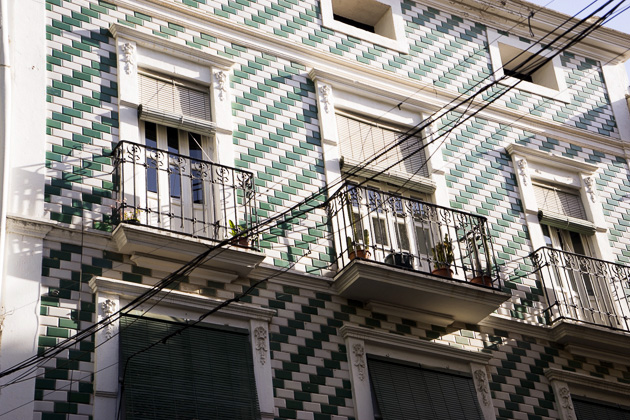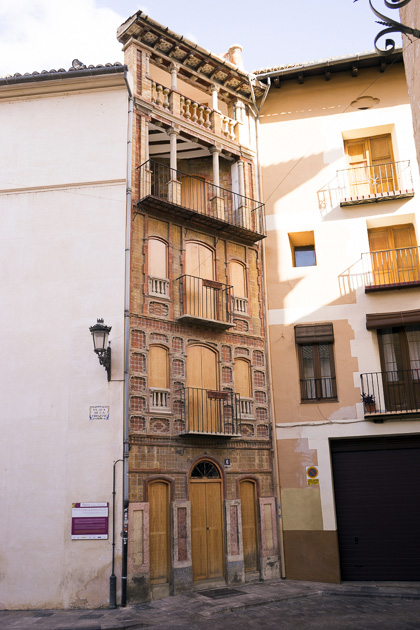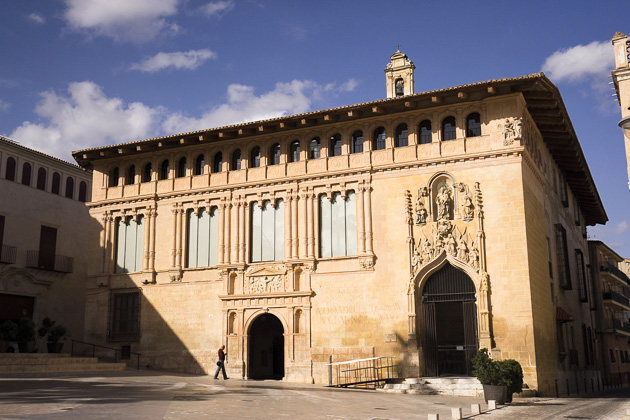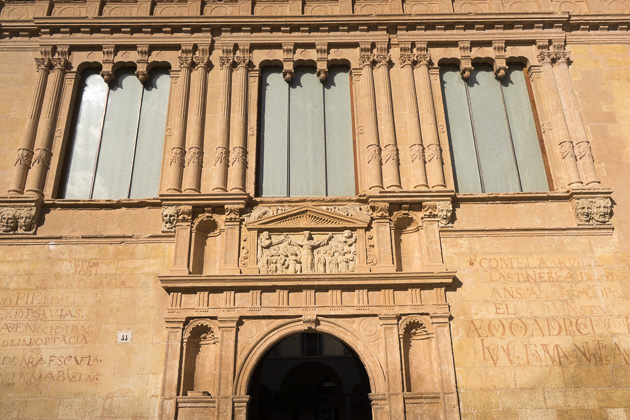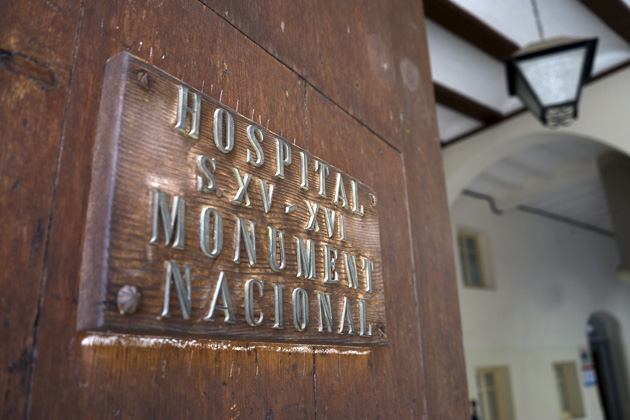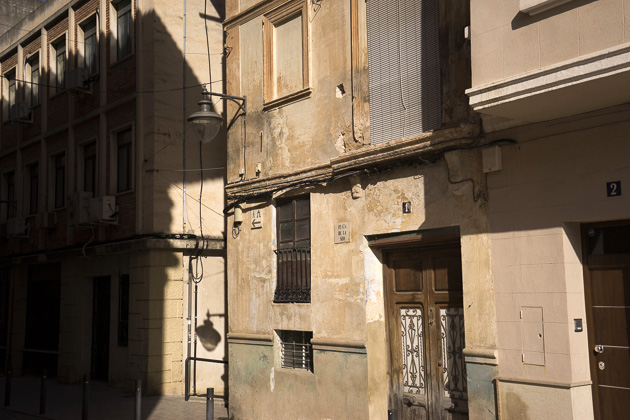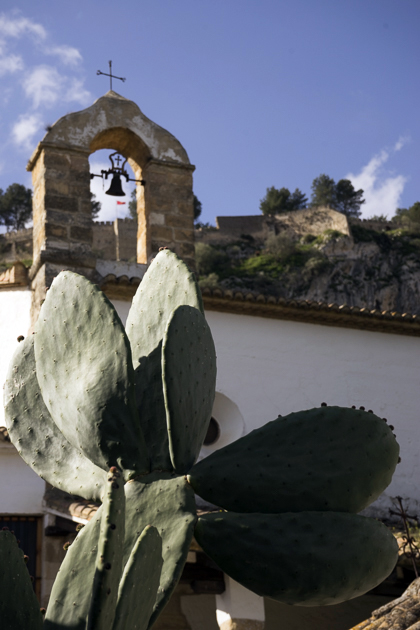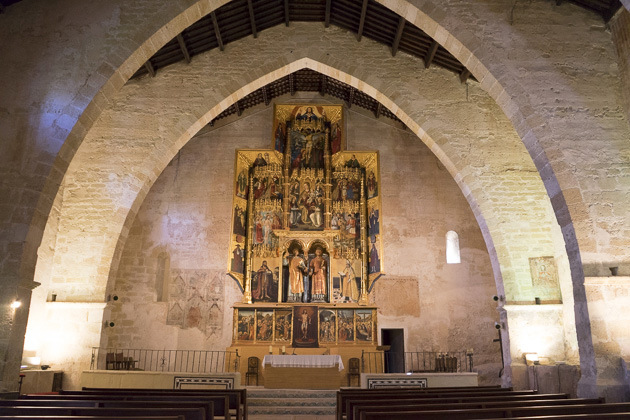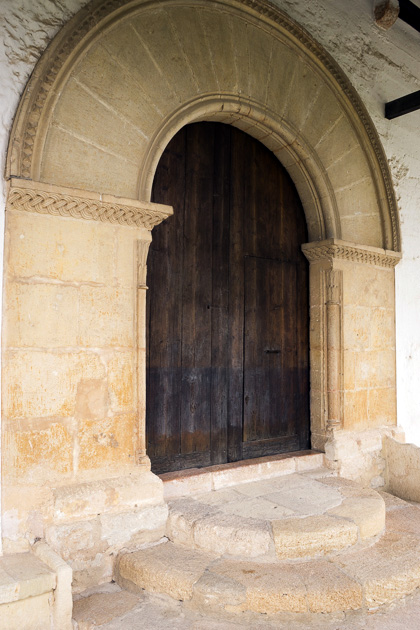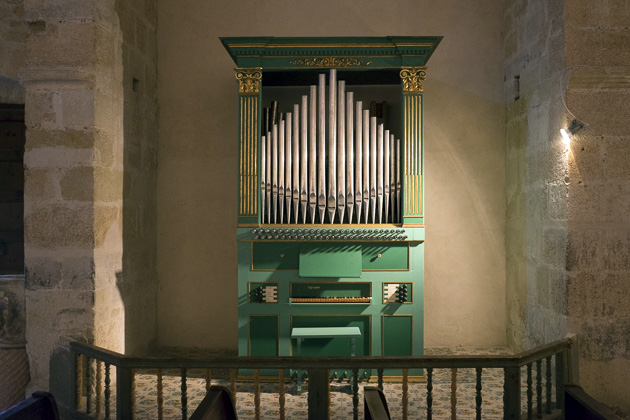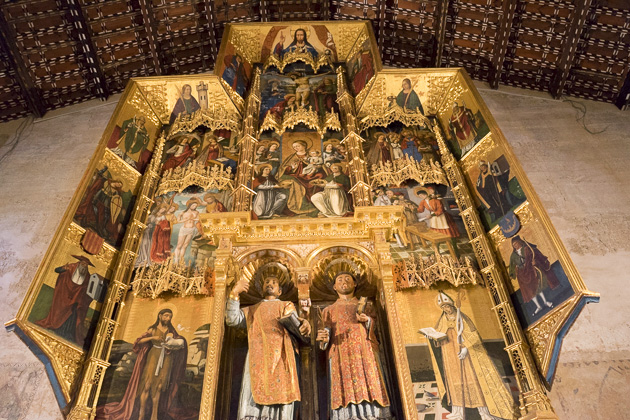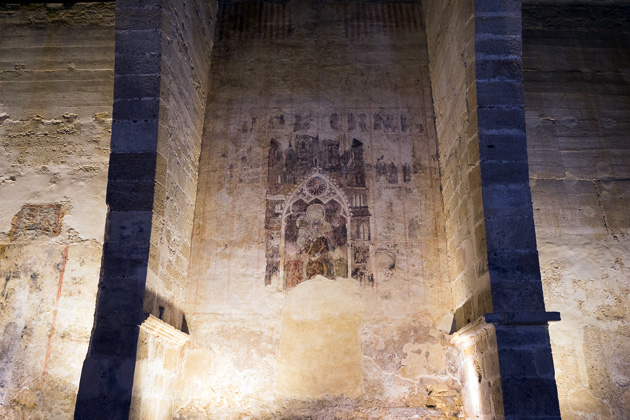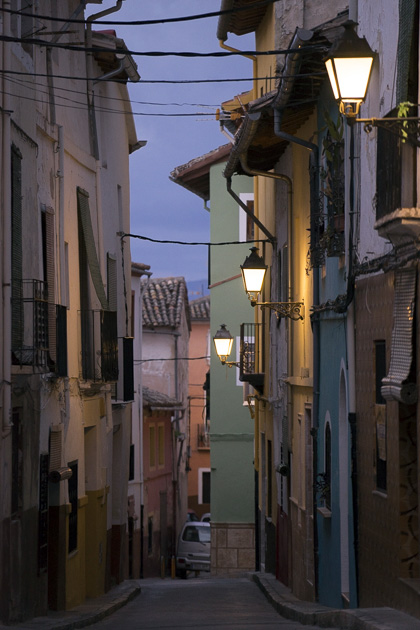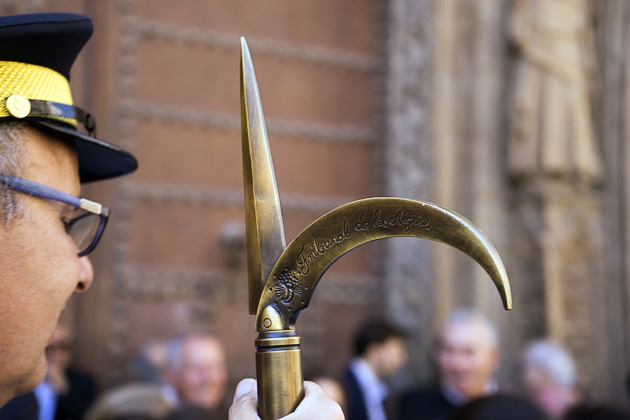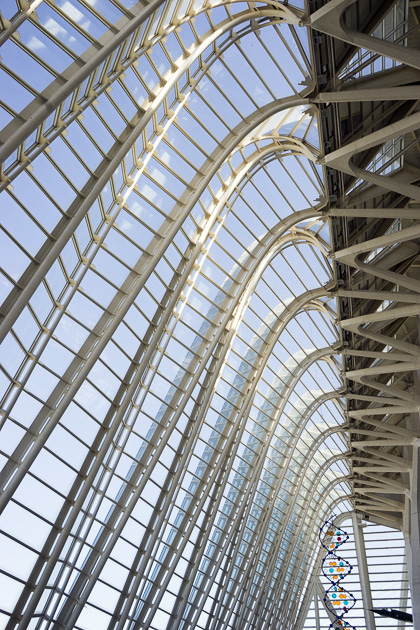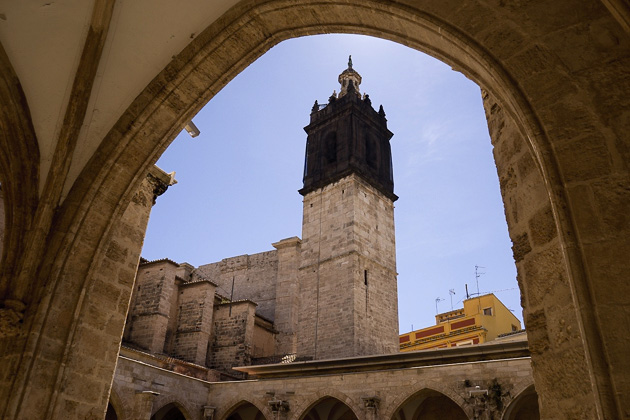Other Sights of Xàtiva
Let’s say you’ve visited Xàtiva Castle. Amazing, but it sure was exhausting. The hike up that hill? The size of the place? I bet you’re happy to be done! But don’t relax quite yet, because you’re not going to like what I’ve got to tell you. The castle might be the highlight, but so far you’ve only seen a fraction of what Xàtiva has to offer. Take a quick siesta, have a cup of coffee, bang out a line of coke, whatever you need to do: you’ve still got a long day ahead of you.
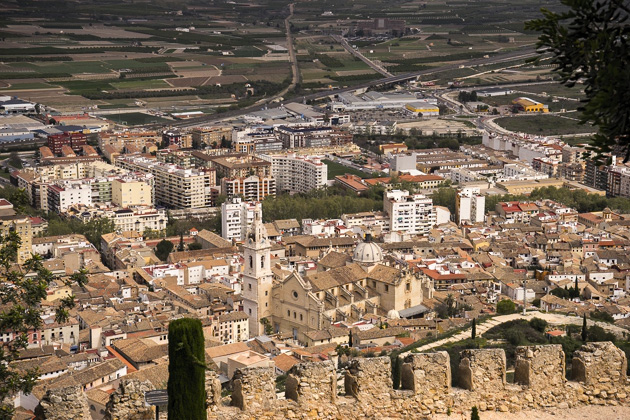
The first two times Jürgen and I visited Xàtiva, we fell into the “castle trap.” You arrive in town, head straight to the castle, have lunch, and then hop back on the train to Valencia. There’s nothing wrong with that — it’s a great day out. Visiting the castle is time-consuming and rewarding, and you won’t leave thinking you haven’t done enough. But there’s so much more to Xàtiva: churches, plazas, hermitages, ruins, museums, restaurants and a quiet, amiable atmosphere that shouldn’t be missed.
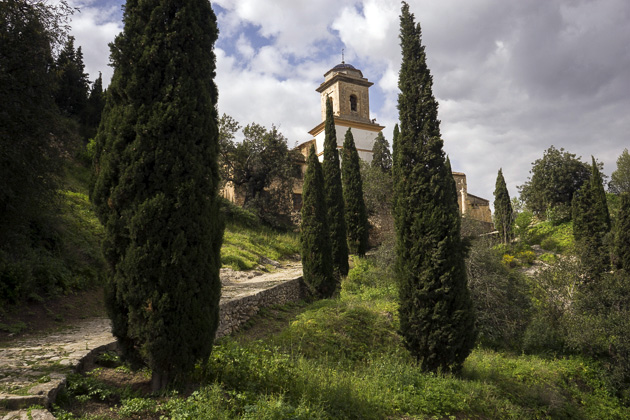
Just on the trail which leads to the castle, you’ll find a bunch of worthwhile sights. First are a pair of hermitages, San Jose and San Felix. The interior of the former is painted in pretty shades of white and light-blue, and outside there’s a cafe and a viewpoint over the city. The San Felix is even better. The entrance gate is monumental, and the church itself is haunting, hollow and sparse, its floor littered with graves.
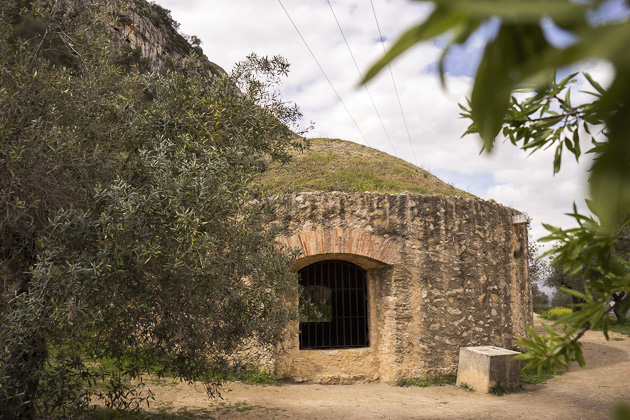
Near the San Felix, you’ll find the city’s old nevera, or ice box. This is a dome-covered hole in the ground, ten meters in diameter, where snow was stored in the 18th century, before the advent of refrigeration. Also nearby are some well-kept ruins from the Arabic era, thought to be the administrative center of a town which was then known as Xateba. Further monuments on the castle hill include the ancient city walls, as well as a few caves. One of these, la Cueva de los Leones, was said to hold lions. According to a popular legend, San Felix (of the nearby hermitage) was thrown into the cave, but the lions left him alone.
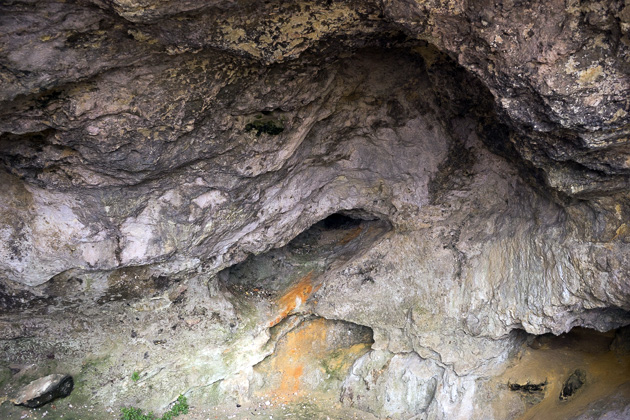
By now, I bet your feet are hurting. Too bad, buddy, because you’re not even halfway through. The historic center of Xàtiva is packed with towering palaces like the Palacio de Alarcón in the Plaza de la Trinidad, churches and convents like the Real Monasterio de Santa Clara, beautiful buildings like the Botica Central (the former pharmacy), and one charming plaza after the other. Rather than go into detail about each of Xàtiva’s sights, we’ve selected a few to highlight.
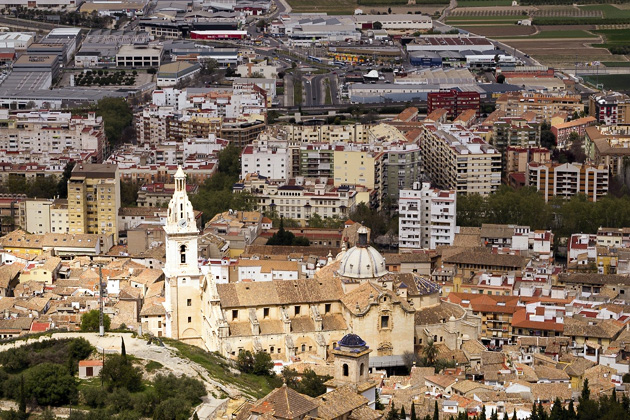
La Seo (AKA Colegial Basílica de Santa María) — Xàtiva’s largest and most important church, built on the site of the former mosque. Although the first stone was laid in 1596, construction on the church required over 340 years, as it was interrupted by two major wars, the plague, and a general lack of funds. Really, they could have made a smaller church, because Xàtiva isn’t that big a town. We showed up during mass, and were alone with two old ladies and the echoes of the priest’s voice reverberating through the empty halls.
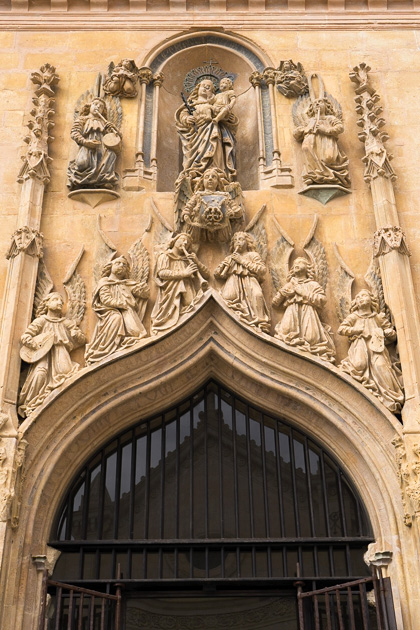
The Hospital — founded in 1250 by King James I of Aragon, shortly after his victory over the Moors, this is among Xàtiva’s oldest surviving structures. It’s been expanded and reformed multiple times, and was badly damaged in the fire of 1707, but its facade is still stunning; a mix of Renaissance and Gothic. Above the gate sits a chorus of angels, and there’s a large, blood-red script painted on the facade, which I wasn’t able to decipher. Interestingly, the hospital is still used as a medical center — you can go inside, but there’s not much to see past the doorway.
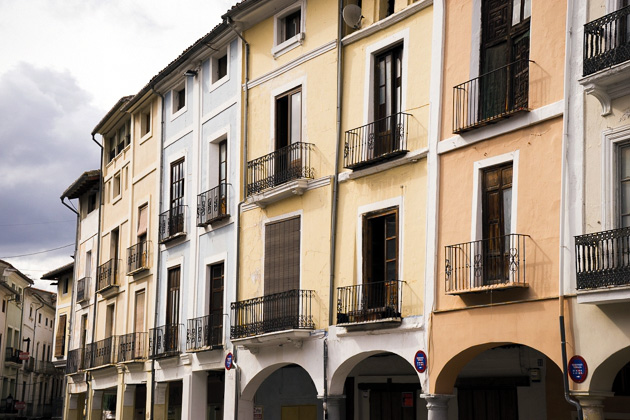
La Plaza del Mercat — on Tuesdays and Fridays, this is the site of Xàtiva’s lively food market. The buildings which line the plaza mostly date from the 18th century, and this is where public executions were once held. Today, public intoxication is all you’re likely to see; the Plaza del Mercat is one of the most popular spots in town to gather for drinks.
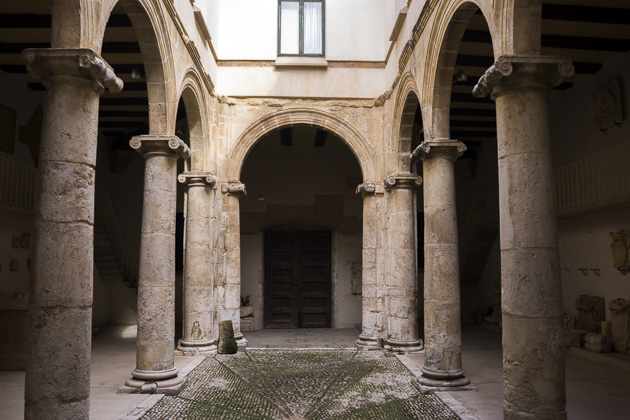
El Museo de l’Almodi — dating from the 16th century, this building was once Xàtiva’s granary, and has been converted into a museum which focuses on archaeological artifacts discovered in and around the city. The museum is worth a quick look, both for the architecture of the ancient storehouse, as well as for its exhibits, which include a 9th-century Islamic fountain and a giant model of the ancient city.
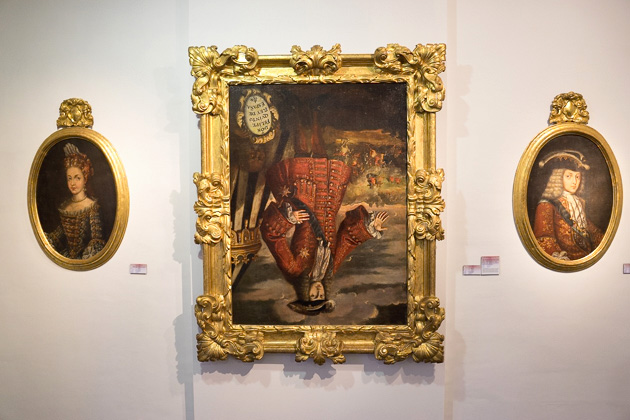
El Museo de Belles Artes — housed in the Casa de la Enseñanza, this museum had just opened its doors a couple months prior to our visit. The building dates from 1758, and was originally used as a school for orphans. Today, it houses the city’s most important artistic works, including Xàtiva’s infamous portrait of King Philip V: a painting which owes its notoriety not to its artistic quality… but rather to its orientation.
After prevailing in the War of Spanish Succession, Philip V punished Xàtiva’s support of his Hapsburg rivals by ordering the city destroyed. Known as the La Socarrada, the fire of 1707 was a devastating event which Xàtiva has neither forgiven nor forgotten. In retribution, their portrait of King Philip V was turned on its head; a cheeky show of disrespect to the crown which they’ve refused to correct even to this day. I like your style, Xàtiva!

Alright, now you can relax. Although this was hardly a conclusive list of everything that there is to see in Xàtiva, it’s enough for a big day. But there is one final thing that you shouldn’t pass up: Xàtiva’s famous arroz al horno. We ordered it at one of the town’s most popular institutions, Casa de la Abuela. A rice dish baked and served in a clay pot, with blood sausage, tomatoes, garbanzo beans, garlic, potato and bacon, arroz al horno is delicious and provides the replenishment you’ll need after a full day of sight-seeing.
Locations on our Map: Ermita de San Jose | Ermita de San Felix | Nevera | La Seo | Antiguo Hospital | Plaza del Mercat | Museu de l’Almodi | Museu de Belles Artes | Casa de la Abuela
